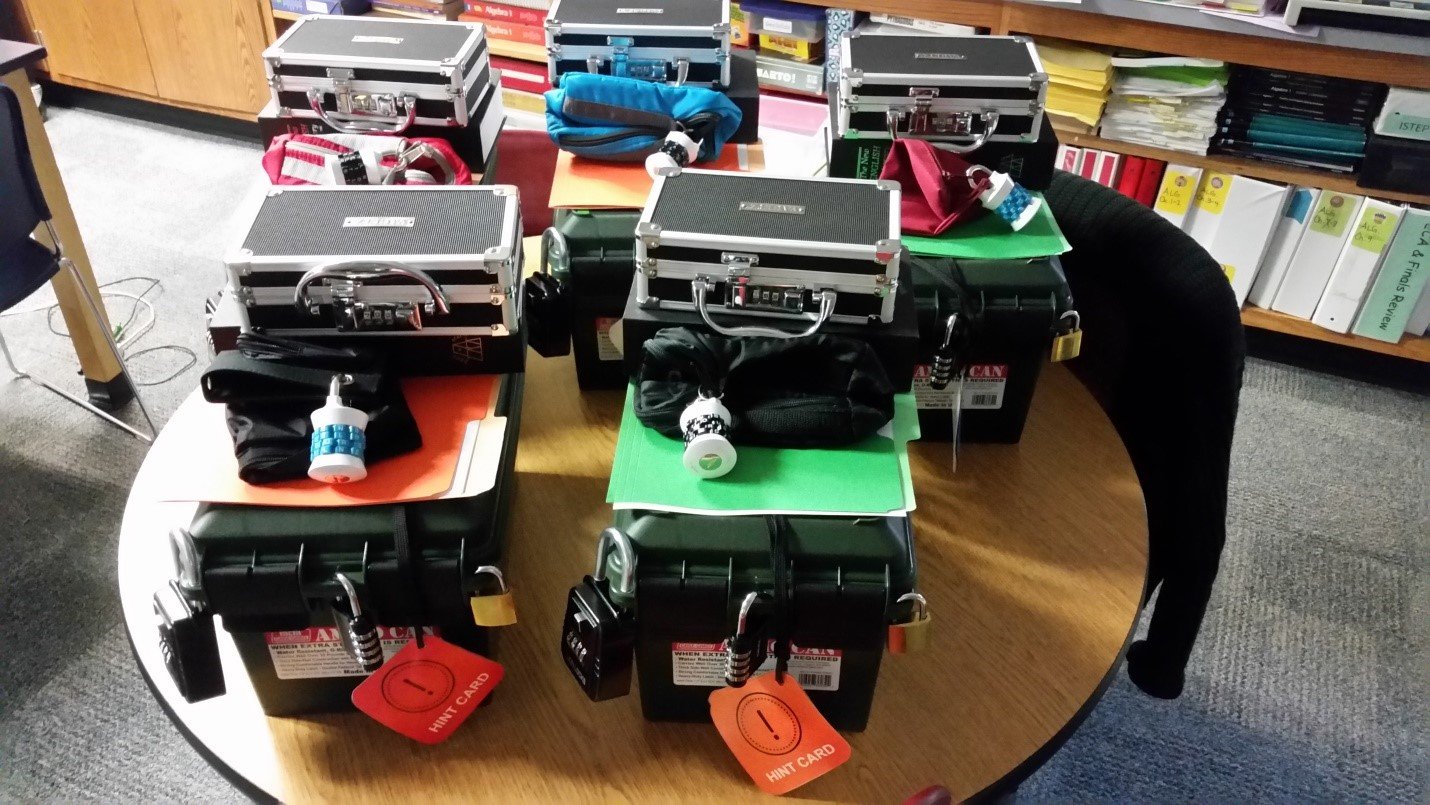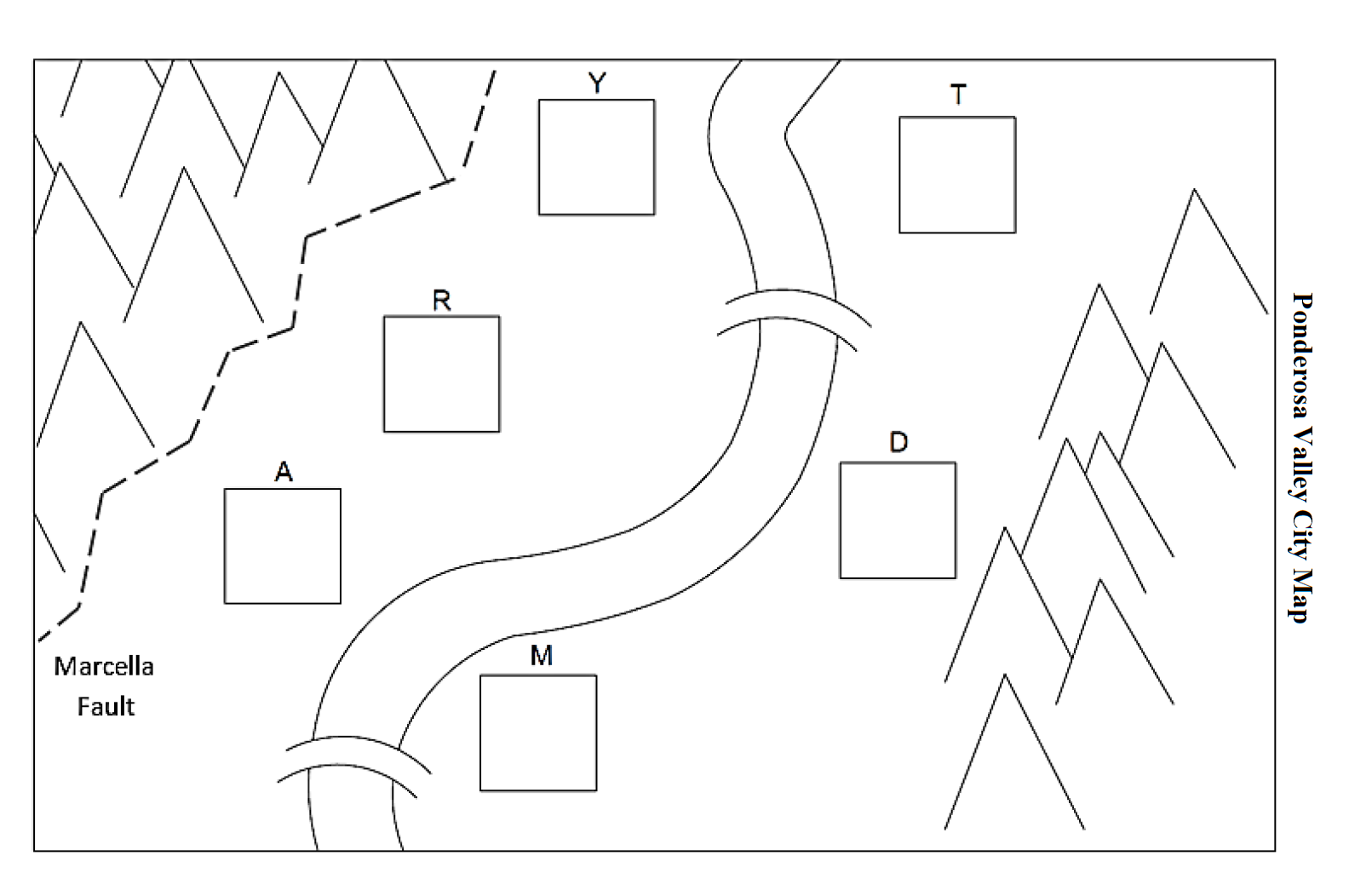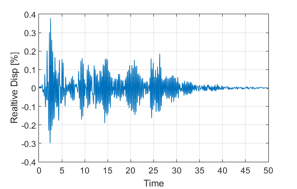Shaking up the Classroom
Students analyze real-world respones to earthquakes
Published on March 20, 2018

Puzzles and clues hidden in locked boxes help engage students with the lesson plan.
Classroom units on earthquakes provide an excellent means for students to connect natural processes with real-world applications.
By stepping beyond activities that focus on the mechanisms of these events, such as modelling seismic wave travel, educators can help students develop an understanding of their human impact.
Purdue University graduate student researchers have had success bridging this gap through a lesson that teaches earthquake emergency preparedness in tandem with disaster mitigation at a community level.
In a lesson plan recently published in The Science Teacher, high-school students become structural engineers in a simulated town that is faced with an impending earthquake. As they work in teams to progress through a series of puzzles, students use different analysis techniques to determine emergency response priorities both in preparation for and in response to the earthquake.
To complete the activity, students compare the results of the different analysis techniques, realizing that not all approaches give the same emergency response priorities. The true solution is instead the one indicated by multiple analysis methods. In addition to strengthening their analysis skills and engaging them in an authentic STEM application, the problem-based format of the lesson inspires creativity, perseverance, and communication as students work together toward a common goal.
The lesson, Shaking it Up! A Problem-Based Learning Project on Earthquake Disaster Management, is available from the National Science Teachers Association. The teachers supplement is available on the DataHub.
The lesson was developed by Alana Lund, Christopher Roemmele, Lisa Roetker, and Steven Smith. It was published in The Science Teacher, vol. 85:3 on March 1, 2018.

Students solve various puzzles, including challenges involving a replica Enigma Machine, while learning about earthquake preparedness.
Below: Students analyze hypothetical city planning maps for earthquake threats and compare seismology graphs.

|

|







